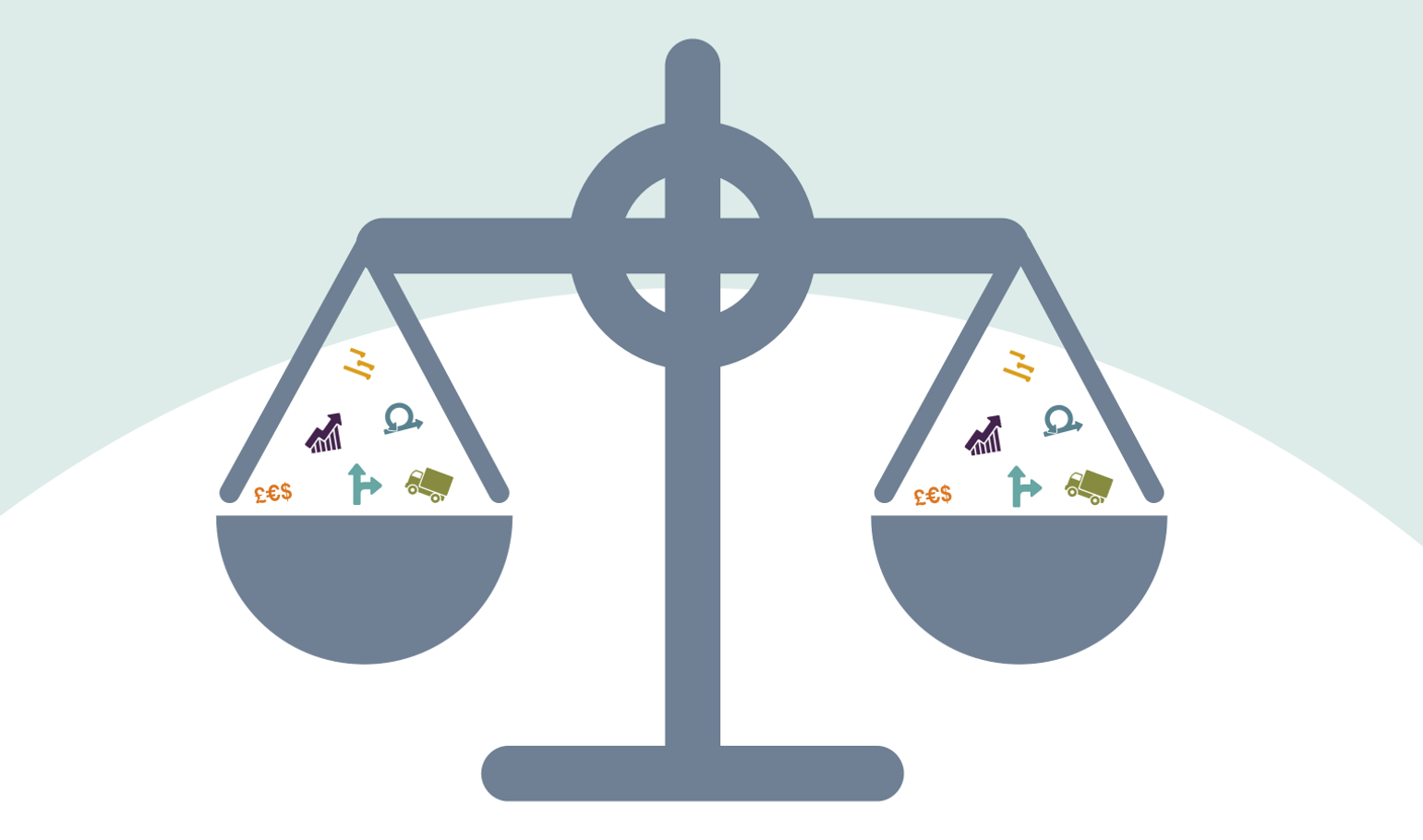For business leaders, annual planning is more than allocating budgets. It's about ensuring every investment in the portfolio advances strategy, balances risk, and maximises outcomes.
The challenge? Uncertainty. Market conditions shift, priorities change, and resources are finite. This is why scenario planning and what-if analysis are essential tools in portfolio management.
Why Scenario Planning Matters
Scenario planning allows leaders to test multiple portfolio configurations before making choices on which initiatives to invest in.
With what-if analysis, you can:
- Explore different investment paths to find the best-fit mix
- Stress-test assumptions against budget and resource limits
- Understand trade-offs between competing priorities
This results in leadership having clear options to choose from. And by revisiting scenarios quarterly, organisations stay agile as strategies evolve.
Setting the Right Triggers
Before prioritisation begins, it's vital to agree when and why the portfolio should be re-evaluated. Without this, decisions become reactive.
Examples of triggers include:
- Time-bound: annual or quarterly reviews
- Strategic shifts: new business direction, M&A, or regulatory changes
- Capacity changes: funding or resource increases/decreases
- Threshold variances: project value, delivery timelines, or resource utilisation straying from targets
These triggers create a shared understanding across stakeholders, reducing friction when reprioritisation is needed.
Preparing the Portfolio
Prioritisation works only if data is current and consistent. Before scenario building, leaders should:
- Update all investments (cost, resource, benefit, risk/value, and alignment data).
- Capture future proposals with the same rigor.
- Categorise investments into categories such as Growth, Maintenance, Regulatory, and BAU.
- Agree allocation levels for these categories to avoid over-investing in a single type.
- Confirm portfolio constraints (funding and resources available).
This preparation ensures scenarios are built on a reliable foundation.
Building Scenarios Step by Step
1. Rank the Portfolio
Score initiatives against alignment, cost, benefit, and risk/value.
2. Add Investments
Start from the highest-ranked and add to your scenario until allocation limits are reached.
3. Manage Dependencies
Adjust sequencing and swap investments where necessary to support any key dependencies.
4. Review the Outcome
Evaluate the first scenario against portfolio targets and constraints.
This first cut usually highlights tensions, perfect for testing trade-offs in alternative scenarios.
Exploring Alternatives
No single scenario is "right." Leaders should compare multiple versions, such as:
- Deferring some goals to double down on high-value initiatives
- Limiting low-confidence investments to reduce risk
- Adjusting allocations between Growth vs. Maintenance
- Rescheduling projects to smooth resource bottlenecks
This comparative view empowers senior leadership to make data-driven trade-offs, balancing cost, benefit, risk, and strategic alignment.
From Planning to Execution
Once the preferred scenario is selected:
- Communicate decisions clearly so project teams understand new priorities
- Update delivery plans with aligned budgets and resources
- Revisit scenarios quarterly to validate progress and adjust as needed
Scenario planning is not a one-off. It's an ongoing discipline that ensures the portfolio stays aligned, resilient, and optimised for value.
Bringing It All Together
By adopting what-if analysis, agreeing on prioritisation triggers, and using scenario planning as a quarterly discipline, leaders can move from rigid budgeting to adaptive portfolio management.
The outcome: smarter investments, better alignment, and a portfolio that consistently delivers on strategy, even as conditions change.


